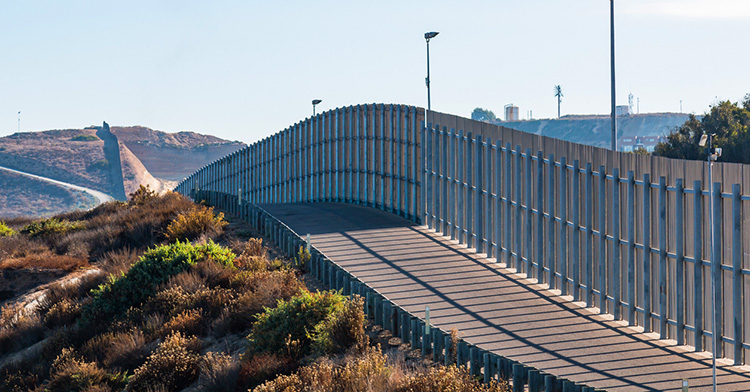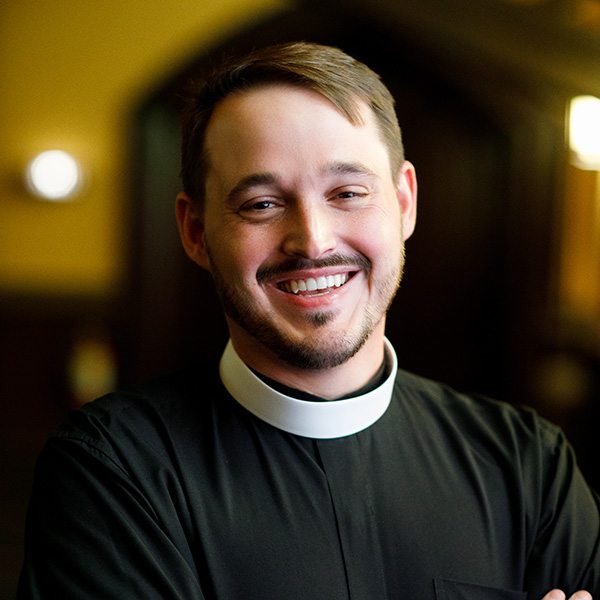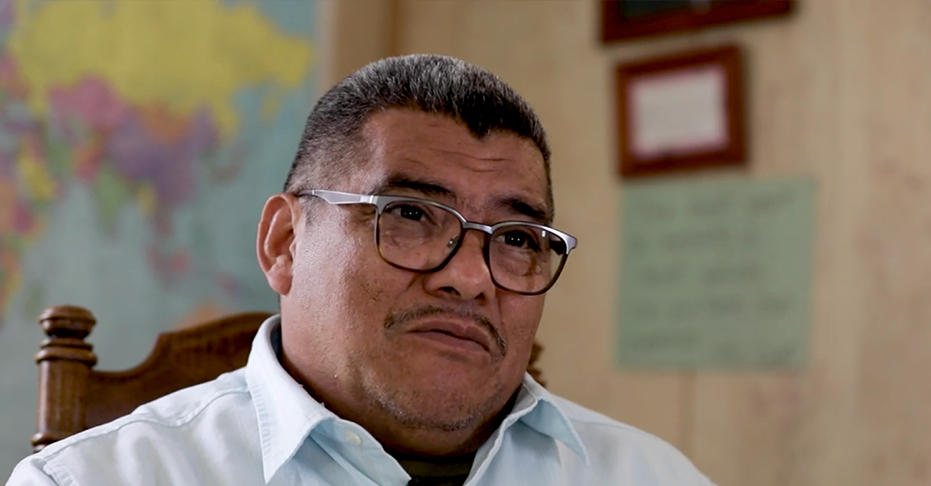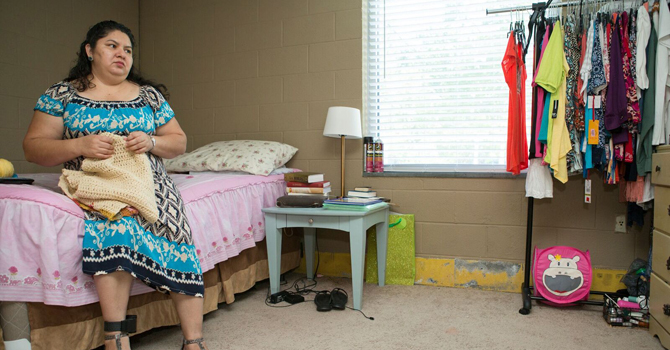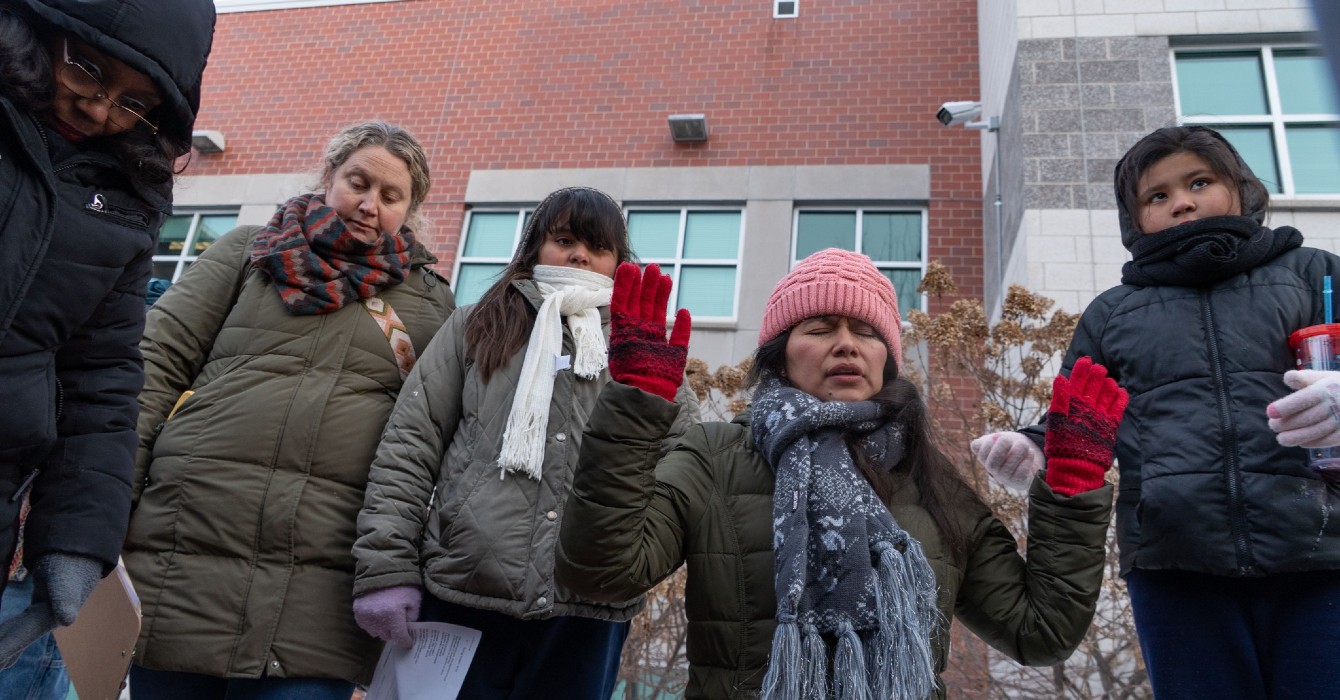This past election, both Democrats and Republicans rushed to claim the mantle of who will be “strong” on the border. There’s little wonder why this is so; a recent Gallup poll showed that 55% of Americans want less immigration, up from 41% a mere year ago. With Donald Trump having won a second term in the White House, the tides are quickly changing for immigrant communities, but what does that mean for people of faith?
I’m a scholar of the Sanctuary Movement of the 1980s and the pastor of a church in the New Sanctuary Movement that has hosted a family in its building since 2014; the issue is close to my heart. While there is little doubt that the conversation around immigration has shifted rightward over the past year, toward walls and border enforcement and away from compassionate responses to asylum seekers, that doesn’t mean that all hope is lost. In fact, the original Sanctuary Movement thrived 40 years ago during a similar time in our nation’s history — the Reagan administration.
That time period also saw a public that wanted less immigration — 49% wanted less of it in 1986 — alongside an increase in asylum seekers from Central America. Then, as now, the president used executive authority to close the pathway to asylum in America. The crucial difference is that it is much harder to do so now, after activists won a pivotal court case — American Baptist Churches v. Thornburgh — that provided important protections for refugees. There was even the same rhetoric, where many made the claim that refugees from El Salvador and Guatemala were not refugees at all but “economic migrants” seeking a better life.
In the ’80s, religious activists responded with a unique strategy: housing asylum seekers in houses of worship and allowing them to tell their stories, which often critiqued U.S. imperialism and told the truth about the destruction that U.S. action in Central America had wrought. To be sure, the movement was not perfect — there were some voices it was not willing to hear, and it significantly curtailed the agency of recipients of sanctuary, a story I tell in my book. Yet it is hard to argue with the results. There are now hundreds of sanctuary cities and campuses in America thanks to the movement, and it won pivotal legal protections, even as the activists risked arrest.
The New Sanctuary Movement, launched in 2014, used the same strategy to critique deportation and failures in the immigration system, with many houses of worship joining the movement and housing migrants. The key here is that religious institutions have vast privilege in our country, where enforcement agencies are loath to enter a house of worship to remove those who reside there, regardless of their status. There even exist codified memos that prevent such actions in “sensitive locations” like churches.
Sanctuary activists made direct appeals to their faith as the reason that they participated in the movement. Jewish participants drew upon the rich tapestry of sanctuary in the Hebrew Bible, both the concept of sanctuary cities and the idea of altar sanctuary, whereby one could enter the tabernacle and make an appeal to the king for clemency.
Christians made direct connections between the suffering of those in Central America and the suffering of Jesus, stating that there existed a particularly powerful responsibility for Americans to speak out against the policies that led directly to such pain and suffering to those south of the U.S.
Many of those networks remain active, while some have collapsed or merged over the past decade, as Americans, religious and secular, took their eyes off the plight of our failed immigration and asylum system. Dormant or not, these groups represent a powerful force for the present moment, as we confront the same rhetoric and policies from 40 years ago, but intensified.
When Trump echoed lies about the Haitian community in Springfield, Ohio, at a campaign rally, he was greeted by chants of “Send them back!” from the crowd. What is so concerning about that scene is that the Haitian community in Springfield are here legally, on temporary protected status, and rallygoers were chanting to have them removed from the country.
There’s even a word for this cruelty — “remigration” — which Trump recently argued for on Truth Social, where he also promised to end refugee resettlement. A 2019 Associated Press story described remigration as “the chilling notion of returning immigrants to their native lands in what amounts to a soft-style ethnic cleansing.”
While there are plenty of differences between Democrats and Republicans on this issue, both parties now advocate for enacting tougher border enforcement and asylum processes rather than welcoming more migrants.
Last year, the Biden administration pushed to ease environmental regulations so that the border wall could be constructed on a shorter timeline. This summer, Biden penned an executive order to shut down the asylum process at ports of entry whenever a certain weekly quota has been reached.
What you’ll notice is missing from both parties’ discussion of the border is any mention of compassion or recognition that, in many ways, the crisis in Central America currently causing so much migration is U.S. made.
It can be easy as a person of faith to despair about the state of the conversation when neither party is pro-migrant, but one thing is clear from my study of the Sanctuary Movement: it is precisely in times like these that religious activism can be most effective. Sanctuary activists relished going against the grain and taking the fight directly to Reagan himself, especially by calling out the hypocrisy of claiming to be a nation of immigrants while closing its doors to them.
We will likely see a resurgence in interest in the Sanctuary Movement in the coming years. The factors that led to the original movement nearly 40 years ago are almost exactly replicated in the present, including the disastrous conditions pushing people to leave their homes and seek refuge in the U.S., the bleak nature of the current immigration policy and conversation surrounding immigration, and a sense of hopelessness about changing them.
But the Sanctuary Movement did change that conversation and the law. If houses of worship make another bold stand to provide refuge, I wouldn’t count them out.

